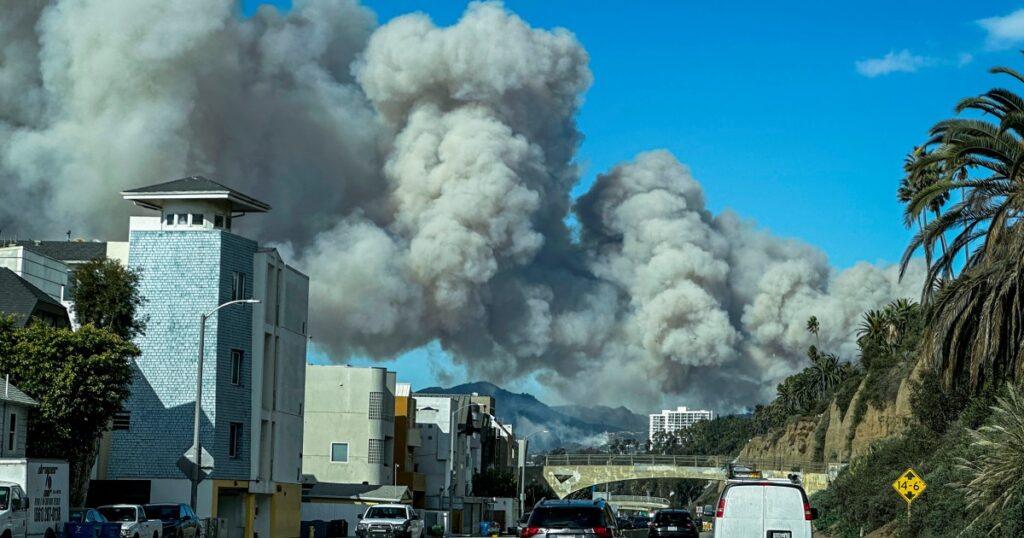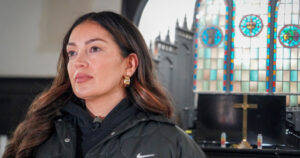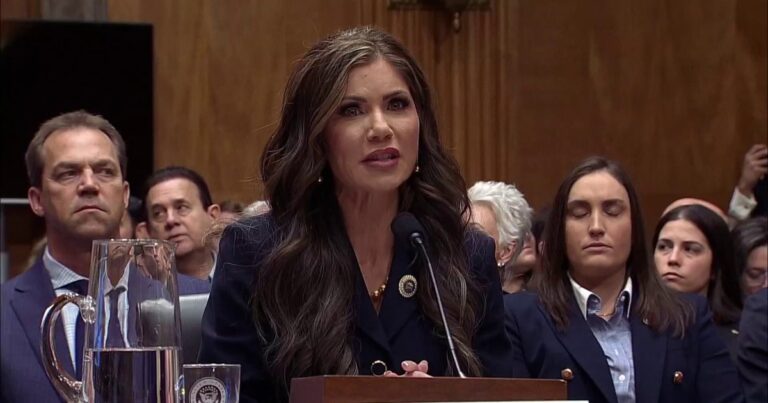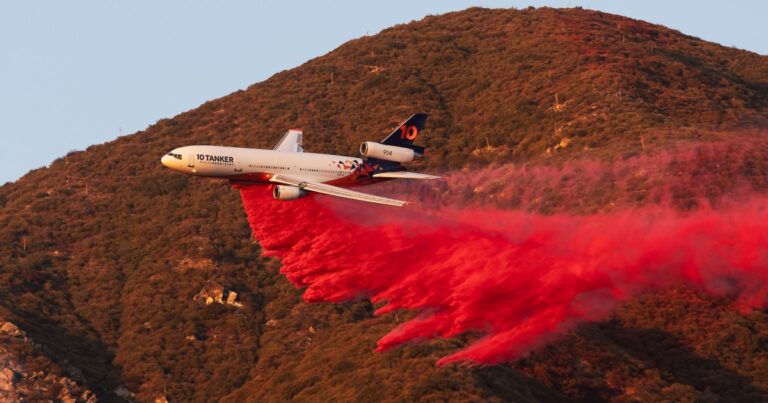Some 52,000 residents were under evacuation orders in the face of the Eaton fire, and an additional 47,000 residents are under evacuation warnings, according to Angeles National Forest.
Mandatory evacuations are in also place near the Hurst Fire, burning north of San Fernando, for areas north of the 210 freeway from Roxford to the Interstate 5/14 freeway plot.
Kelsey Trainor, an attorney who lives in Pacific Palisades, said she fled her neighborhood around 11:30 a.m., only to get stuck in bumper-to-bumper traffic on Palisades Drive.
“It was all smoke around us, fire everywhere. People are just honking their horns,” Trainor said. She said she felt stuck, with flames on both sides of the only road out. “Gridlock – nowhere to go.”
Trainor briefly left her car to offer help and a mask to an elderly woman who was having difficulty breathing. Ash was pelting her face, driven by intense winds, she said.
Trainor said it took more than an hour to get to safety.
“What’s really scary is that it felt really unsafe for people who were doing what they’re supposed to be doing,” Trainor said, noting that she had a stockpile of supplies and a “fire bag” packed and had left before her phone chimed with an emergency alert.
“It felt really helpless,” she said.
More than 10,300 households and 13,200 structures were threatened by the fire as of Tuesday afternoon, Los Angeles Fire Chief Kristin M. Crowley said at in a news conference.
“We feel very blessed at this point that there’s no injuries that are reported,” Crowley said, but added that she had received reports of multiple structures damaged.
Flames could be seen popping up from condo buildings near Sunset Boulevard and from hillside homes.
Mallory Sobel, who lives in the Pacific Palisades Highlands neighborhood, said it took her two-and-a-half hours to drive out of the neighborhood, where homes were shadowed by plumes of thick smoke.
“I can feel it in my lungs right now. My throat is sore. My car was full of soot as I was making this slow, slow climb down. I wore a mask because it was that potent,” Sobel said.
She added that she left with just a bag of emergency supplies and her family’s passports.
“Good Samaritans are everywhere on the street, helping people navigate down the hill and helping people with their cars,” she said.
About 30 vehicles that had to be abandoned had to cleared by dozers to improve access for firefighters, according to the fire department.
Flames were also a threat to communities that dot the canyons west of Pacific Palisades, including those in Rustic Canyon and Topanga Canyon.
“Be prepared for evacuation orders to come through,” Erik Scott, a public information officer with the L.A. Fire Department, said in a video on X addressing residents. Scott added that the fire was “rapidly spreading due to the significant winds.”
Margaret Stewart, another LAFD public information officer, said over 250 firefighters were responding to the blaze. The fire was moving generally toward the west, she added, though firefighters were also concerned about swirling fires and spot fires in the canyons that could send embers in any direction.
“They can carry up to a mile,” Stewart said.
Conditions in Southern California were primed for a fast-moving wildfire. Los Angeles has not received significant rainfall in months, and National Weather Service forecasters had predicted “a life-threatening, destructive windstorm” from Tuesday afternoon through Wednesday morning.
Rich Thompson, a weather service meteorologist based in Oxnard, said downtown Los Angeles has received just 0.16 inches of rain since July 1.
Thompson said the weather service observed wind gusts of 50 to 80 mph on Tuesday and expected the danger to grow overnight.
“It looks like the winds will increase a little in strength later today and tonight,” he said. “The Hollywood Hills, Beverly Hills area, Palos Verdes — they get Santa Ana winds, but not usually this strong.”

Winter wildfires in California are often driven by the Santa Ana winds, which sweep down mountain slopes to bring hot, dry air to coastal areas. The winds typically lower humidity levels and can rapidly push any fires that start, particularly when the landscape is dry.
Climate change has increased the risk of such events, Daniel Swain, a climate scientist at UCLA, said in a YouTube address.
“Climate change is increasing the overlap between extremely dry vegetation conditions later in the season and the occurrence of these wind events,” he said.
Thompson said the landscape would only become drier as the day wore on, a fearsome sign for firefighters.
“Humidities are starting to drop down in the 20 to 30% range and continue to drop down into the teens and single digits tomorrow and into Thursday,” Thompson said, adding that “the wind will continue cranking tonight and tomorrow. There will be no relief.”













